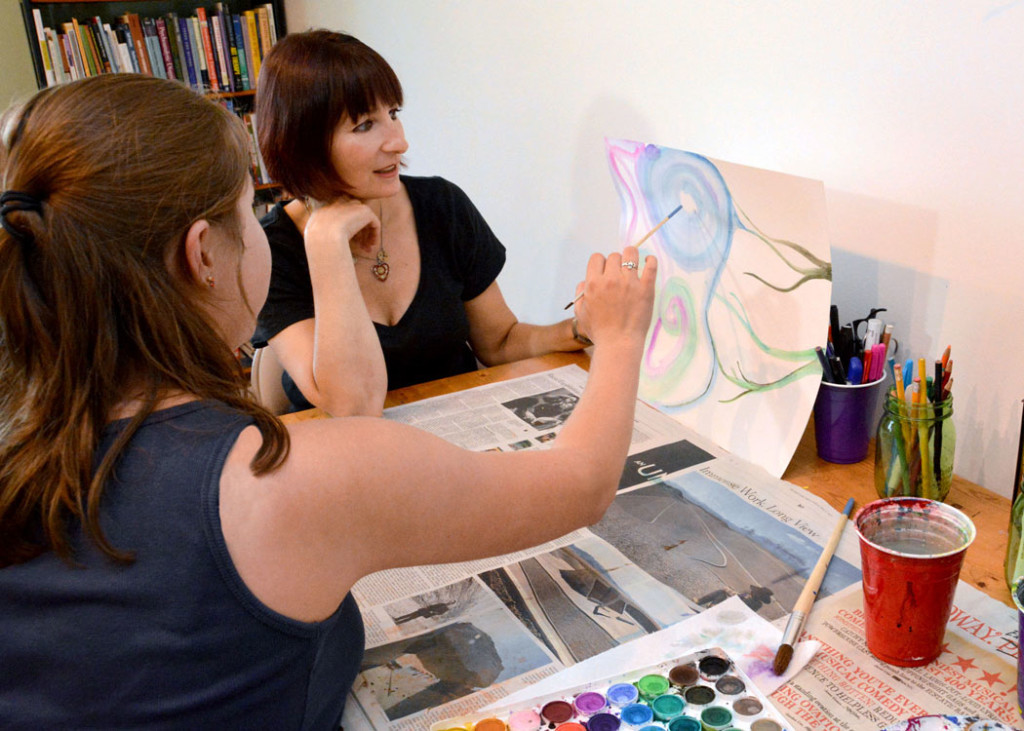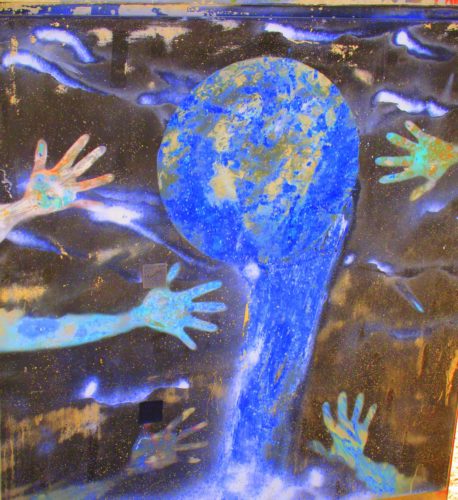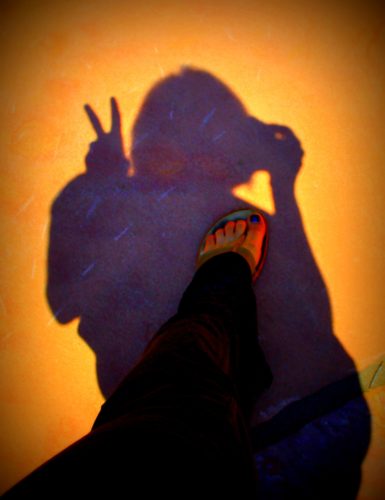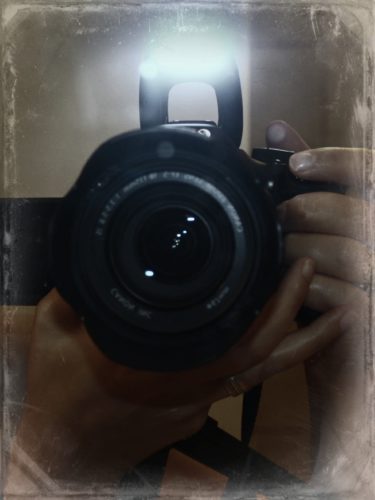Do You Experience Anxiety, Depression, Or Other Issues That Haven’t Improved With Traditional Therapy?

Does trying to explain your problems through talking feel difficult? Or, do you feel “talked out” about certain topics? Maybe communicating emotions doesn’t come easily to you, and you often feel like you’re stuck.
It’s possible there are certain emotions and problems you’ve been trained not to talk about. Perhaps you want to discuss these issues, but every time you try, it feels like something gets stuck in your throat. Or maybe talking about these problems leads to feelings of panic or fear of being judged, and so you don’t say all the things you need to say.
Perhaps there are simply issues that you are experiencing that don’t have an obvious cause. It could be that you feel anxious or stressed, but nothing in your daily life seems to be causing the issue. Or you may feel frustrated and seek stress relief, but have no idea how to proceed.
Maybe the issue simply seems too large or overwhelming to dive into. If you have experienced something traumatic, you might be reluctant to speak about the issues because you fear having to deal with the painful emotions and experiences all over again. Dealing with trauma through talking, we now know, will likely be of little help because of the way the brain processes trauma.
Additionally, when we engage in conversation, our normal, human defenses are automatically deployed. This is normal! Finding other ways to express yourself can actually get to different emotions and insights than you would otherwise be able to access through talking alone.
Regardless of the reason for your feeling stuck, you are likely feeling tired and frustrated with the entire situation. You know there has to be a way to manage these issues, but traditional talk therapy hasn’t been working for you.
Finding a Method of Self-Exploration That Works Best for You
Sometimes, it can be difficult to really get in touch with our emotions. I like to say we have layers in the same way an onion does—there may be one emotion on the surface, but underneath there could be a variety of emotions feeding into it. For example, surface-level anger may be fed by fear or stress.

People are often encouraged to suppress these emotions because they aren’t always ‘socially acceptable.’ For example, women are oftentimes encouraged not to show anger and men not to express fear or sadness. This can lead to these emotions getting bottled up and, therefore, can make them difficult to talk about, even under otherwise-safe circumstances.
However, without being able to properly process your emotions, you may displace them onto other people, they may appear as physical symptoms like stomach aches or headaches, or you may end up only treating the symptoms instead of the root problem. You may even start to feel like you’re ‘broken’ and think you’ll never be able to truly heal.
But I want you to know that you are absolutely not broken!
There is a way to explore your problems without having to only talk about them. Art therapy is a way to express how you feel visually, giving you another avenue for self-expression and self-exploration.
Art Therapy Is A Unique Method You Can Use To Process A Variety Of Issues

Many times, there are emotions or issues that we struggle to access with our conscious mind. Art therapy allows us to explore some of those evasive unconscious thoughts and beliefs through a visual medium. Additionally, when art therapy is used in a trauma-informed way, it can be incredibly useful in helping individuals to process painful experiences.
Art therapy can be incredibly helpful for survivors of trauma. We can think of art therapy as bottom-up, in which the body’s sensory experiences can be expressed and we can begin to touch upon and engage the implicit memory where the trauma experience is stored, eventually moving to the expression of emotions and potentially exploring the trauma through a narrative venue. The use of art therapy with people who have trauma histories can be very successful when tailored to the individual.
My sessions are very client-driven and are all about you and what you are ready for. We will work on accepting all the parts of yourself—both parts we love to show to the world, and the parts we prefer to hide—through art so that you can approach your inner troubles with self-compassion.
If you decide to try art therapy, sessions will usually be a mix of talking and art. When a session starts, we’ll discuss what goals and priorities you have for the day or week. We will also likely discuss how you’ve been feeling lately, what has challenged you and what you have achieved (which is often less visible to ourselves). I believe that we all have resilience and coping skills that we don’t always acknowledge, so we’ll be sure to look at your achievements, as well as obstacles to your goals.
Next, we may move on to exploring your feelings through creative expression. This may be anything from painting to creating collages to practicing photography. It’s incredibly important to externalize what’s going on in our minds and bodies (anxiety, our inner critic, a vague persistent stomach ache) and see what they look like, sound like, what they have to say, and find some distance from them. For example, I may ask you to paint what a part of yourself or an emotion feels like, and we may explore what that means together.
I believe therapy does not exist in a vacuum, and so I will often give you exercises to practice outside of sessions. For example, I may ask you to take photographs of things we’ve been discussing in sessions, keep a journal, or bring in a family photo album for us to look at together.

I have been using art therapy to help clients since 2008. Since then, I’ve seen how much help it’s been to both those who can express themselves and those who may have difficulty expressing themselves verbally. It can help you learn to integrate difficult experiences and emotions into your life and understand that they don’t have to define you.
You may still have reservations about art therapy…
I can’t draw.
You don’t have to be “good” at art to find art therapy helpful—you just need to be open and curious to finding out more about yourself. Moreover, I believe everyone is an artist, and we can learn to appreciate the process of artmaking without getting too caught up in the final product.
How do I know this works?
There has been quite a bit of research that focuses on the effectiveness of art therapy. It is helpful for a wide variety of people, including individuals dealing with trauma, mental health issues, and everyday challenges. In fact, one study showed that individuals experienced significant relief of trauma symptoms and depression symptoms using this form of therapy.
I don’t have the time.
While time can certainly be a concern, therapy is more than worth the investment. If your problems are left to their own devices, they may worsen. By investing time into therapy, you are helping to give yourself more time for other activities, such as spending time with family or enjoying your hobbies.
Art Therapy Helps You Express The Inexpressible
If you would like to learn more, I offer a free 20-minute consultation at 720-491-1533. You can take the first step to experience relief from your troubles through a creative, stress-reducing method and truly begin to understand yourself.


